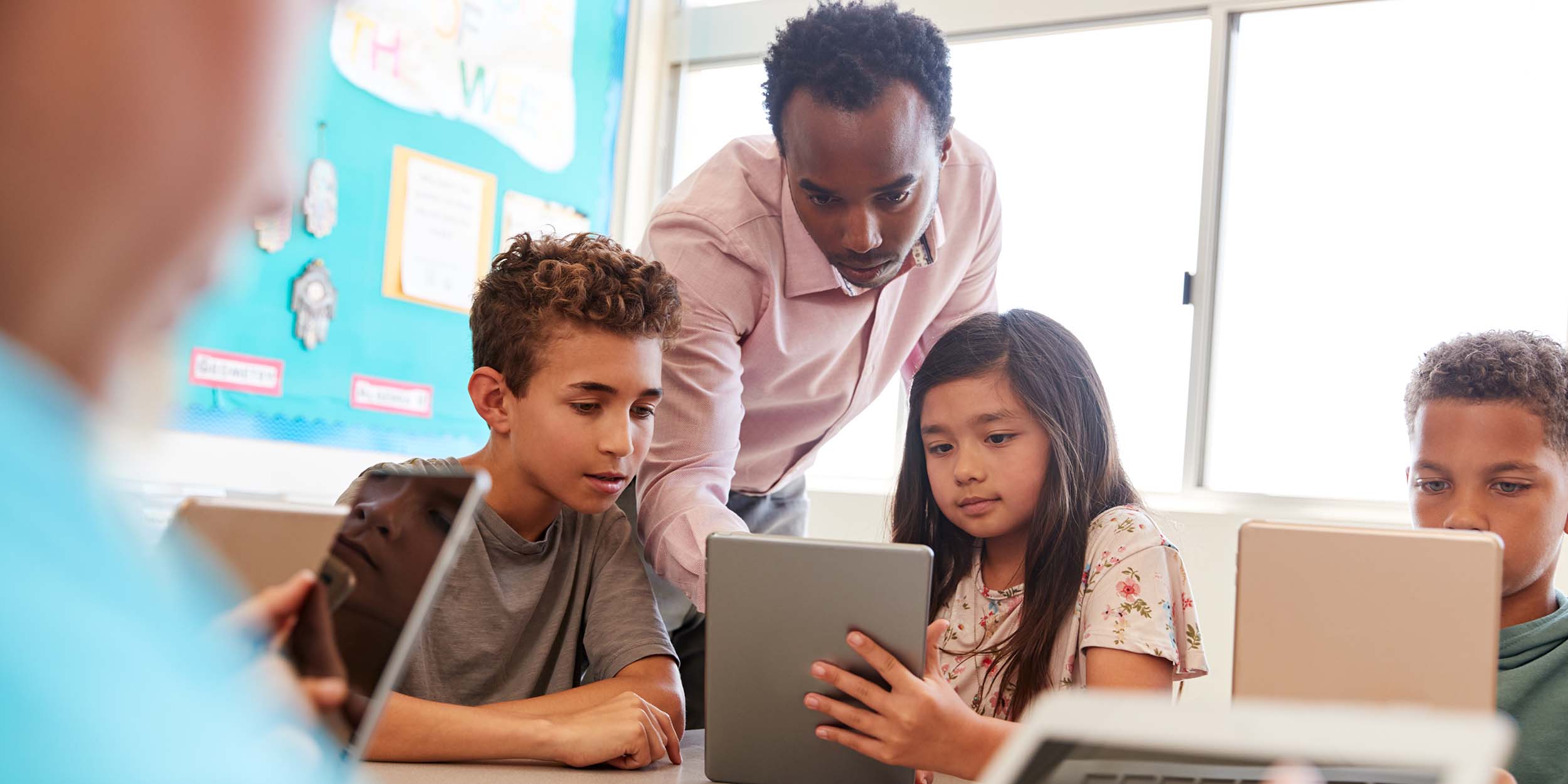This was crossposted from the Institute of Education Sciences blog, Inside IES Research.

The Latinx population comprises the second largest ethnic group in the US and has grown more than 600% since 1970. In states like California, Texas and New Mexico, nearly half of people are Latinx and almost one third are bilingual. States in the Northeast, Midwest, and South have also experienced double-digit growth in their Latinx populations since 2010. Millions of children all across the country are growing up in communities where both English and Spanish are spoken. In response to these trends, there has been a push to support and celebrate student bilingualism and biliteracy. Forty states and Washington, D.C. offer a State Seal of Biliteracy for students who achieve proficiency in speaking, reading, and writing in English and an additional language, most often Spanish. In this guest blog, Drs. Ashley Adams Sanabria, Amy Pratt, and Elizabeth Peña discuss the importance of measuring literacy skills in Spanish and their new IES-funded measurement project that aims to develop assessments to measure Spanish language and literacy skills.
Why is it important to measure literacy skills in Spanish?
In the IES practice guide for effective language and literacy instruction for English language learners, the first recommendation is to monitor children’s reading progress and use the data to make informed instructional decisions. Traditionally, this type of assessment has been conducted exclusively in English; however, we risk missing an important part of the constellation of skills that bilingual children possess when we do not assess their Spanish (or other first language) skills. Bilingual children’s language and literacy skills are often divided across both of their languages. Factors like exposure to Spanish versus English, preference for using Spanish versus English, and the language of formal reading instruction will affect a bilingual’s early literacy development. Measuring skills in only one language may make it appear that bilinguals are behind when in actuality, the assessment strategy has not captured the entirety of their skill set.
Furthermore, research shows that bilingual language profiles are dynamic and interact with the type of instruction children receive. Progress monitoring assessments in both languages allow teachers to track how children are progressing in different skills in each of their languages and can provide important information that will inform how teachers plan instruction for bilingual learners. As part of a new IES-funded measurement project, researchers at the University of California, Irvine and San Diego State University are developing the A2i-ALE (Adquisición de Lectura en Español) assessments to measure Spanish language and literacy skills. These new assessments will be computer adaptive and designed to be used alongside the existing Assessment-to-Instruction (A2i) English assessments to monitor progress within and across school years for bilingual children in PreK through 3rd grade.
Which literacy skills should be measured in Spanish?
For our project, given we cannot measure everything, a key question we had to consider was which literacy skills to measure in Spanish. The Simple View of Reading holds that reading comprehension is the product of decoding skills and linguistic comprehension. Importantly, this framework can be applied to bilingual reading development, as well. Simply put, students must be able to decode written symbols into their spoken equivalent. But, we need to consider language differences. Languages with transparent orthographies and simple phonological structure, like Spanish, are easier to segment into their component sounds because there is a near 1-to-1 mapping between letters and sounds compared to English which has complex letter-sound mappings.
Once decoded, students must then apply their language skills (for example, vocabulary, knowledge of syntactic structures, background knowledge) to understand the meaning of the text they have just decoded. The Simple View of Reading has important implications for literacy instruction: (a) effective early reading instruction should develop skills in both decoding and language comprehension, and (b) given that these two domains develop relatively independently, reading comprehension outcomes will be enhanced by differentiating the amount of instructional time devoted to each of the two domains depending on individual learners’ skill level in each area.
Applying the Simple View of Reading to improve reading instruction for bilingual learners requires that teachers have valid, reliable information about decoding skills and language comprehension skills in all of their languages and use the information in planning and implementing reading instruction.
What’s next?
In our IES-funded study, we plan to develop A2i Spanish measures that will be designed to (a) describe each bilingual’s unique literacy skill profile in terms of their Spanish language, comprehension, and decoding skills, and (b) monitor children’s Spanish language and reading growth within and across school years. The goal is to inform Spanish language instructional decisions in dual language programs (that is, children demonstrating weaknesses in Spanish word reading or vocabulary could get more Spanish instructional time in those areas), as well as inform literacy instruction for bilingual children in English-only classrooms building on what is known about cross-language transfer.
This year, Inside IES Research is publishing a series of interviews (see here and here) showcasing a diverse group of IES-funded education researchers and fellows that are making significant contributions to education research, policy, and practice. As part of our Hispanic Heritage Month blog series, we are focusing on Hispanic researchers and fellows, as well as researchers that focus on the education of Hispanic students.
Ashley Adams Sanabria is an assistant professor at San Diego State University in the School of Speech, Language, and Hearing Sciences.
Amy S. Pratt is a project scientist at the University of California, Irvine in the School of Education
Elizabeth D. Peña is an associate dean of faculty development and diversity at the University of California, Irvine in the School of Education.
Produced by Katina Stapleton (Katina.Stapleton@ed.gov), co-Chair of the IES Diversity and Inclusion Council, and Helyn Kim (Helyn.Kim@ed.gov), Program Officer for the English Learners portfolio, National Center for Education Research.
